Pediatric Dental Services

Shot Free Dentistry!
Most parents and children fear the “shot.” To help reduce this anxiety and alleviate fear, Dr. Lentfer has taken steps to educate herself in new technology that allows cavity removal without the need for numbing. Dr. Lentfer can speak with you and your child to determine if the care your child needs is a good candidate for “shot free” dentistry. Being the first and most experienced pediatric dentist in Lane county using the Solea Laser, Dr. Lentfer can provide shot free treatment for many different treatments. Click here to watch a video on why Kids and Their Parents Love The Solea Dental Laser.
White Fillings
White fillings are used when there is a small cavity on your child’s tooth. There are many material options for this type of filling. Dr. Lentfer can discuss your options, but they do included BPA and BIS-GMA free materials for your child when a white filling is recommended.
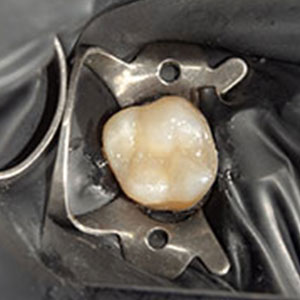
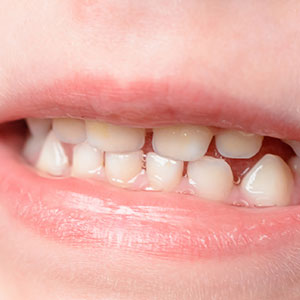
White Crowns
White Crowns are used when decay is too large to fix with a white filling, or, a baby root canal is required. Dr. Lentfer offers Zirconia (all white) crowns for front and back teeth. As there are limitations with white crowns, Dr. Lentfer will discuss your options and formulate a treatment plan that is ideal for you and your child.
Stainless Steel Crowns
Stainless Steel Crowns are used on the back teeth when decay is too large to fix with a white filling, or, a baby root canal is required. Stainless Steel Crowns are more adaptable that the white crowns, therefore, they are sometimes recommended instead of a white crown on back teeth.
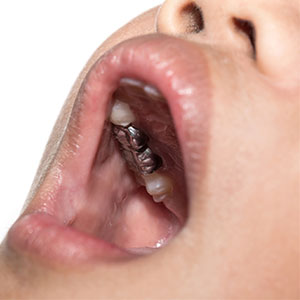
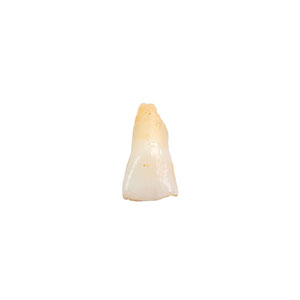
Extractions
Extractions are indicated when a tooth is no longer fixable and/or has an infection. When a permanent tooth has an abscess, it can often be saved with a root canal. That is not the case with baby teeth. When a baby tooth is at the point of abscess, it can almost never be fixed and therefore requires an extraction. Baby teeth are smaller and easier to extract than a permanent tooth and children do not get dry sockets, so an extraction of a baby tooth is much “easier” than an adult tooth extraction. When indicated, Dr. Lentfer will place a space maintainer to save room for the adult tooth.
Baby Root Canal
A baby root canal is recommended when a cavity is close to, or into, the nerve of the baby tooth and the tooth is deemed “savable.” This procedure is nothing like a permanent tooth root canal and is a much faster process using completely different materials than an adult root canal. After the cavity is removed and the infected nerve is removed, a medicine is placed inside the tooth and a crown is placed on top. This allows the baby tooth to remain in the mouth for your child to use when eating and hold space for the permanent tooth. These teeth usually fall out same as if no treatment was completed but can sometimes fall out prematurely.
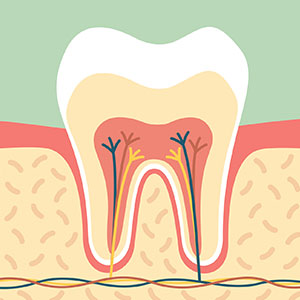
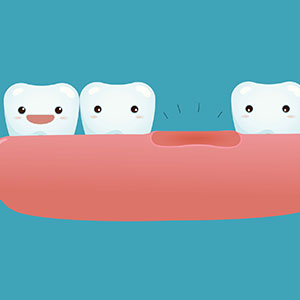
Space Maintenance
In situations as noted under this section in extractions, baby teeth sometimes need to be removed prematurely. In this case, we want to hold space for the developing permanent tooth that may still be years away from erupting. There are different types of space maintainers. Dr. Lentfer will evaluate your child and recommend a space maintainer that will fit their individual needs.
Sealants
50-80% of decay on permanent first molars, aka “Six Year Old Molars,” start on the biting surface of the tooth. Sealants are a non-invasive preventative procedure that can be performed to prevent decay on this surface of the tooth. Our sealant material is BPA free and reduces the risk of decay on the biting surface of tooth by 50-80% over the five years following their placement. We will evaluate their presence at every six month check up and replace them as indicated. Sealants are almost always covered 100% by insurance.
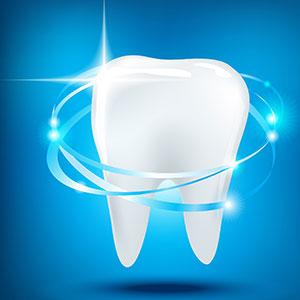

Nitrous Oxide
Nitrous Oxide, aka “laughing gas,” is a very safe way to make your child’s dental treatment comfortable. Nitrous oxide is administered thru a small mask that sits on your child’s nose. Your child will not fall asleep and will leave the same way they came in as Nitrous Oxide is quickly flushed out of your child’s system using 100% oxygen before they are dismissed. Nitrous Oxide is the most common form of sedation in pediatric dentistry. Your child can return to normal activity when they leave our dental office if nitrous oxide is used.
Your child can have a light meal 2 hours prior to treatment with nitrous oxide.
Conscious Sedation
Conscious sedation is when your child is given a low dose of Valium an hour before their appointment. They will not fall asleep but will be drowsy for a few hours after they leave the dental appointment. Your child will need to stay in your care for the remainder of the day if conscious sedation is used.
Your child cannot have anything to eat 8 hours prior to treatment with conscious sedation.

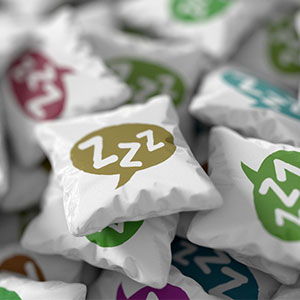
General Anesthesia
General Anesthesia is employed if your child’s needs require them to be put completely to sleep for their dental care. Dr. Lentfer is very conservative with her recommendation to use general anesthesia and encourages her patient’s parents strongly consider risks and benefits before placing a child under general anesthesia. At Oregon Kids Pediatric Dentistry, we have three options for treatment using general anesthesia. The first is in-office general anesthesia that is performed by DreamTeam Anesthesia. The Doctor performing the anesthesia is a licensed anesthesiologist and is happy to answer any questions you have prior to treatment. Dr. Lentfer has worked with DreamTeam for many years and has full confidence in their treatment abilities and safety record. The second option is River Bend Hospital and the third is McKenzie Surgery Center. Providing three options allows us to tailor the anesthesia experience to your child’s needs. Dr. Lentfer and her team can discuss which option is best for you and your child.
Schedule An Appointment

